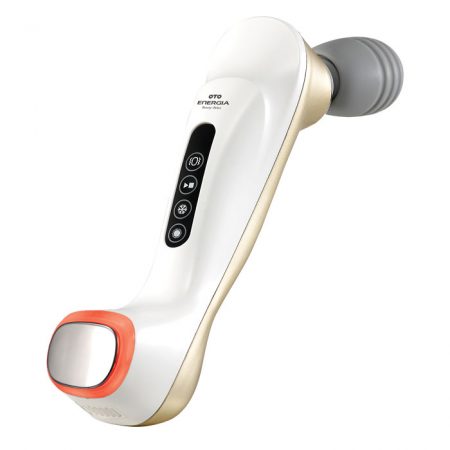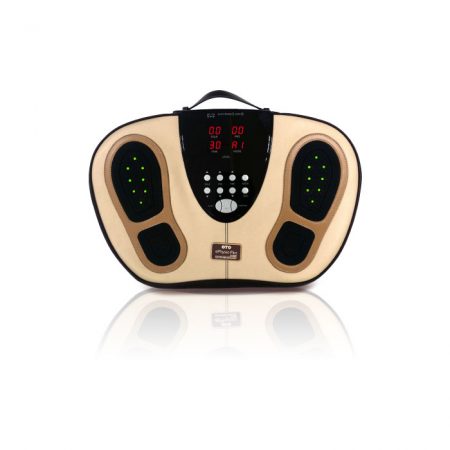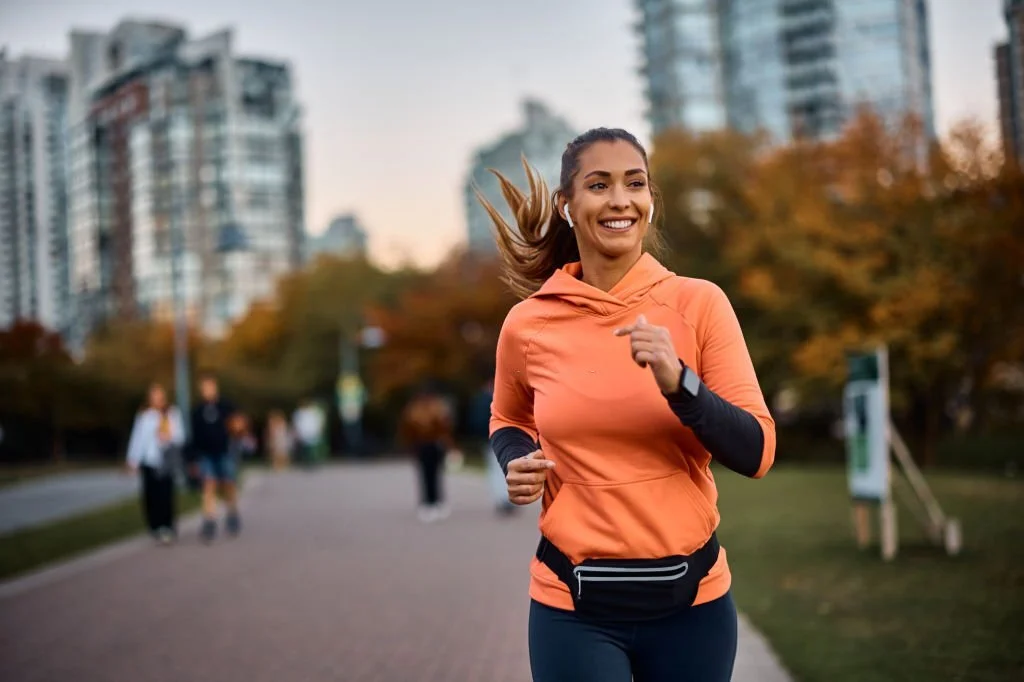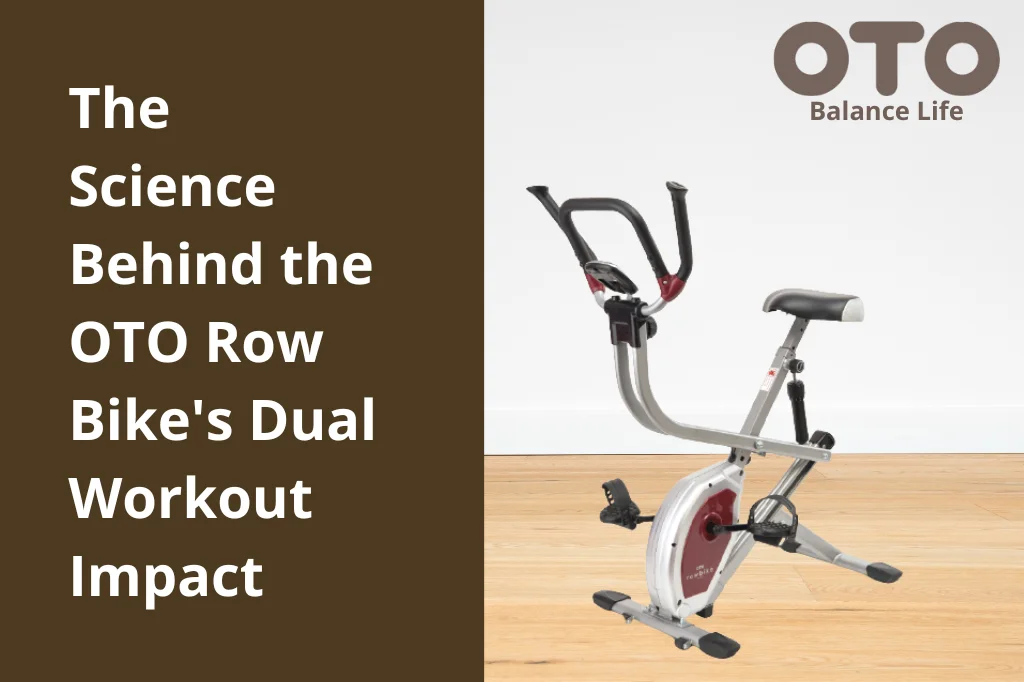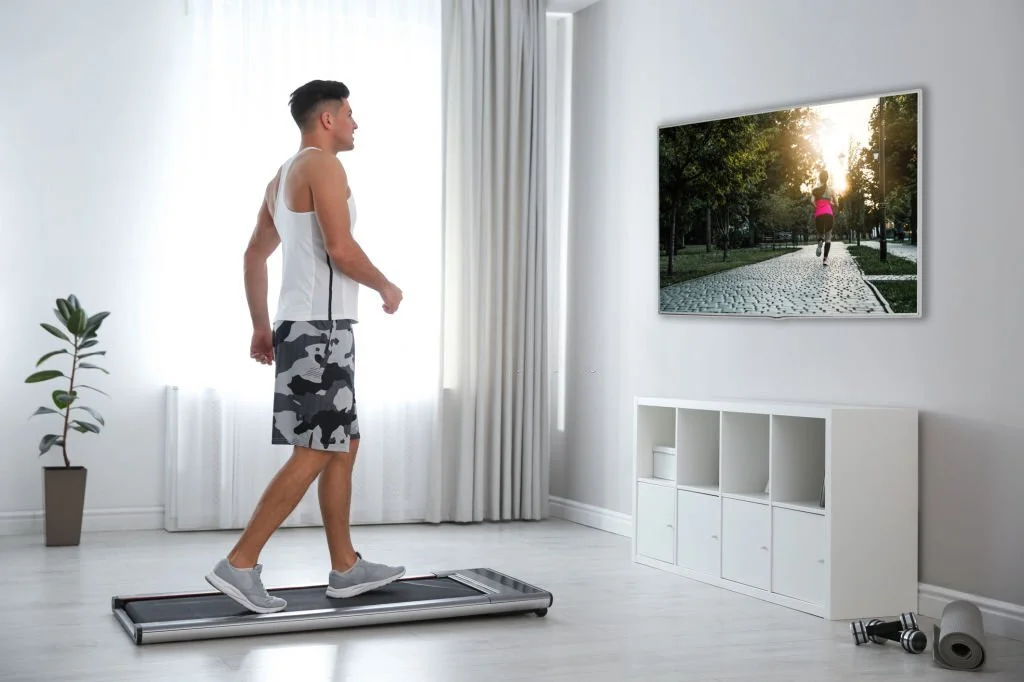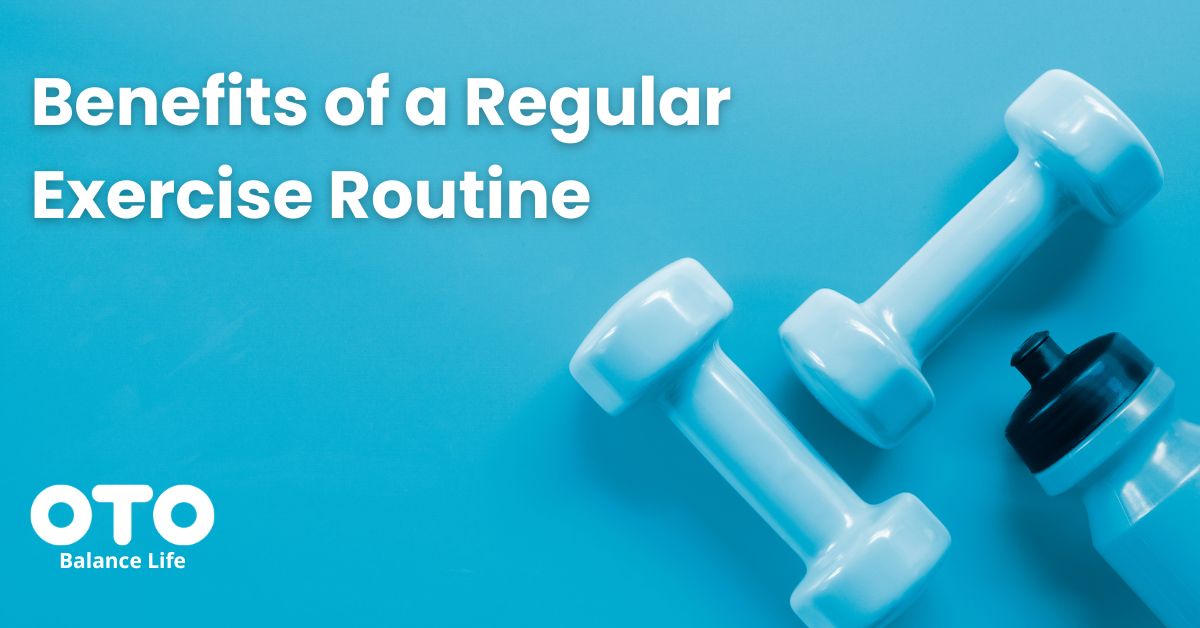Unlocking the Power of Compound Exercises: Building Strength and Stamina
In a world that's constantly evolving, the science of fitness is no exception. Among the many techniques and workout routines available, compound exercises stand tall as a time-tested approach to achieving strength, stamina, and overall fitness. Whether you're a fitness enthusiast or a newbie at the gym, understanding the concept

